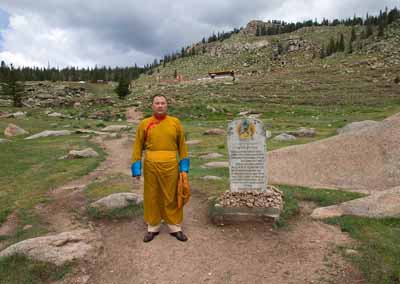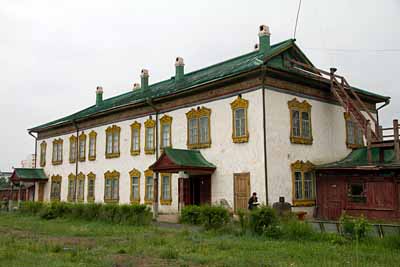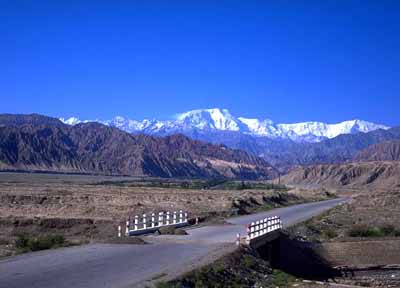Mongolia | Chingis Rides West | Khüchüleg | Ili Basin | Kashgar
The Gür Khan, whatever his personal failings, had enjoyed during most of his reign the popular acclaim of many the people in his realm. Not until his army under Tayangu was defeated in the autumn of 1210 and many of his disheartened troops went on a looting spree did the Gür Khan’s subjects turn on him. Khüchüleg was cut from different cloth. Although he entertained pretensions of ruling the old Khara Khitai Empire he was basically a freebooter who was more interested in loot and plunder than the day-to-day administration of a functioning society. A nomad from the steppes of Mongolia, he was particularly insensitive to the needs of the sedentary peoples which he now at least nominally ruled. And not of all the local chieftains who were loyal to the Gür were ready to bow down to the Naiman marauder. Trouble started first at Almaliq, near the current-day city of Ili in the Valley Of The Ili River , the source of which is deep in the Tian Shan to the east. The Ili River was the easternmo



